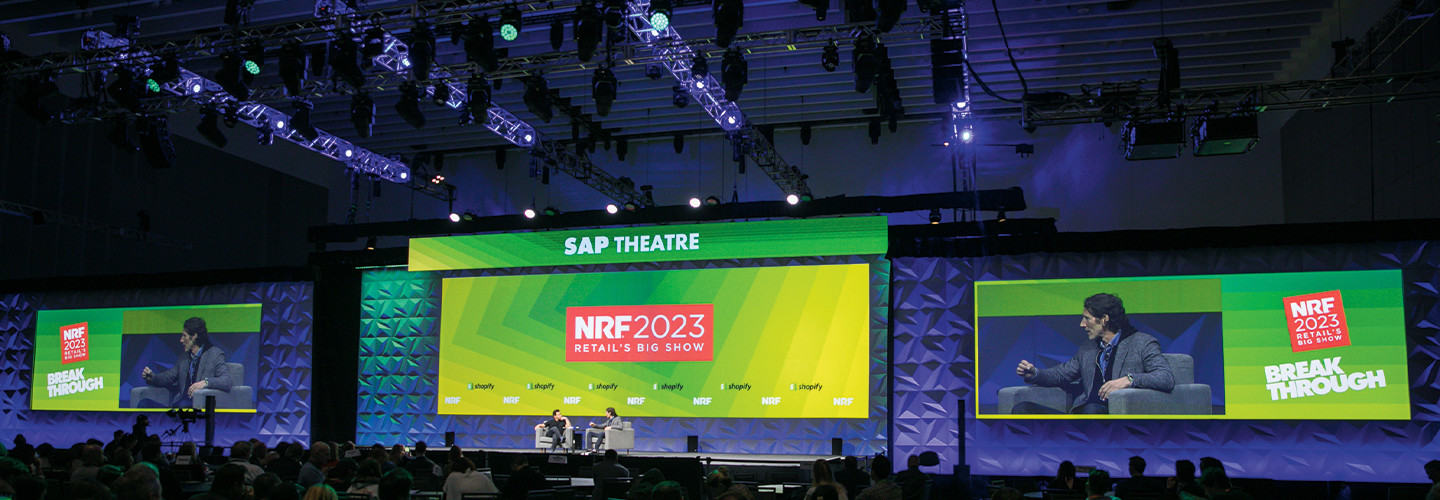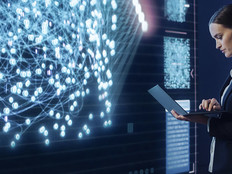How Retailers Are Using RFID to Accelerate Digital Transformation
RFID’s microchip architecture makes it ideal for numerous applications. Here are the core ways RFID is helping retailers achieve their digital transformation goals:
Automatic and Accurate Inventory Updates
RFID gives retailers a 360-degree view of product inventory in real time. “With omnichannel retail, it’s much harder to accurately track our inventory,” Marciano said.
Experts on the panel shared several examples, including one in which a store manager might have an inaccurate count of a product for a store branch because he couldn’t see the tally of online orders. Bill Toney, vice president of global RFID market development at Avery Dennison, agreed: “It’s impossible to keep a human count of inventory because it constantly changes, but RFID helps us get to 98 percent real-time accuracy.”
DIVE DEEPER: Find out how IT leaders are using predictive analytics in retail.
Better Visibility into the Supply Chain
Experts also agreed that this retail technology directly supports the supply chain, which is one of the most disruptive parts of the industry right now. “It is hard to imagine a world where retail tech is not increasing visibility into the supply chain,” said Tambara. With added transparency, retailers can see where products are and problem-solve proactively.
After investing in RFID, Tambara explained how the “technology made the customer experience faster and more reliable.” Toney noted that RFID can boost ROI by 8.3 percent, according to a recently published Accenture white paper.














